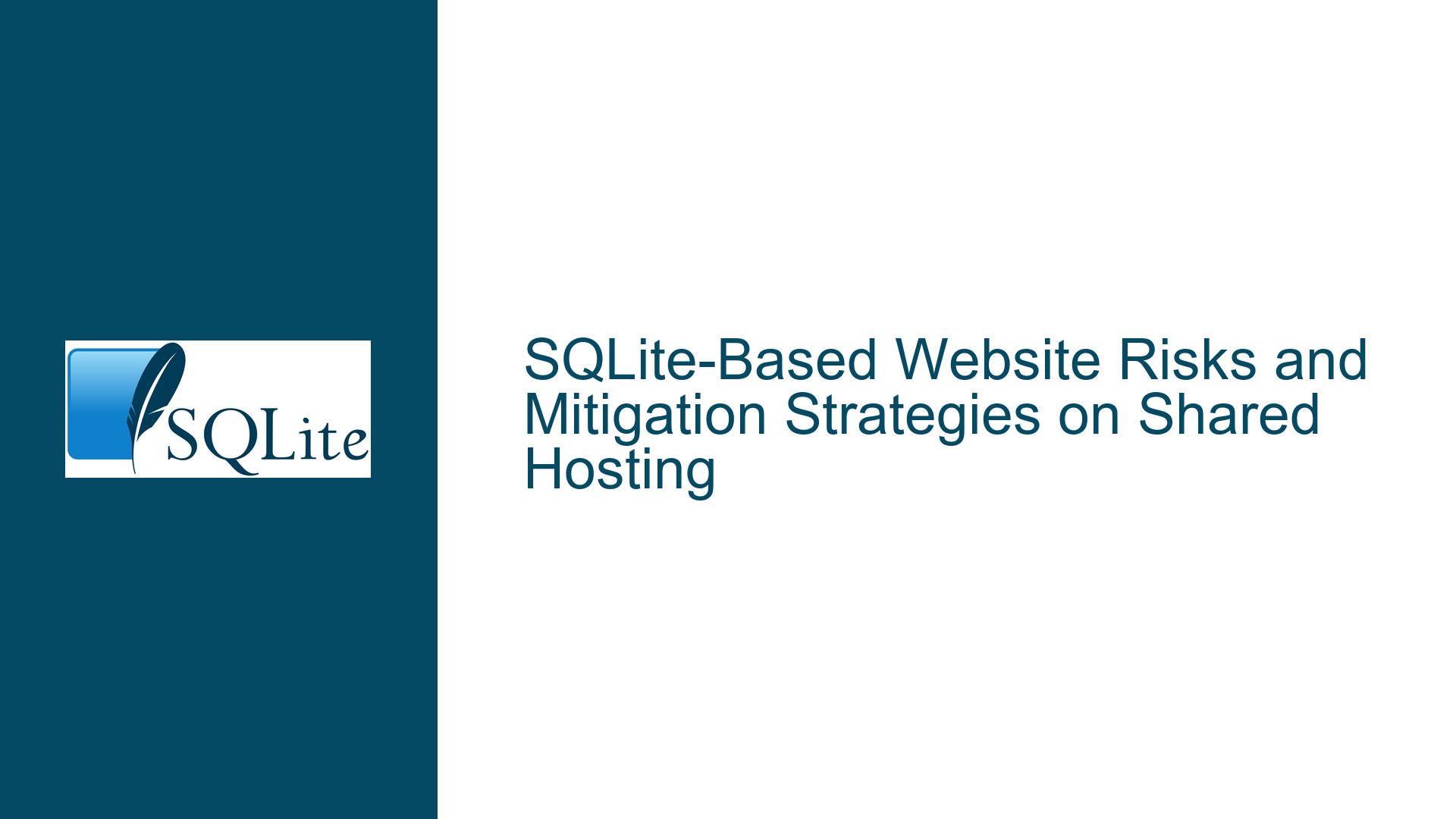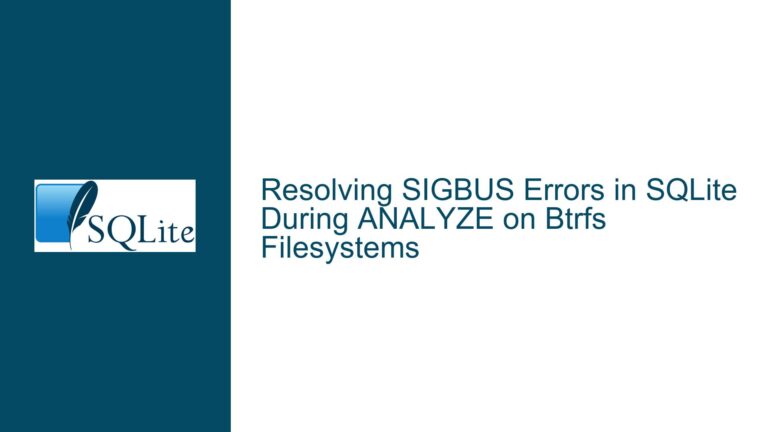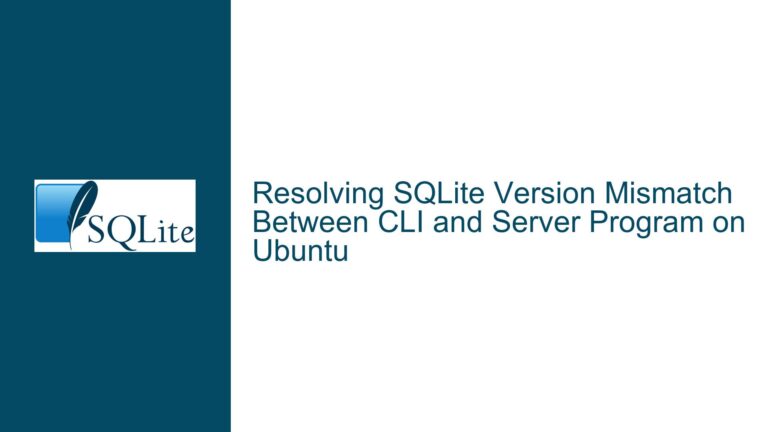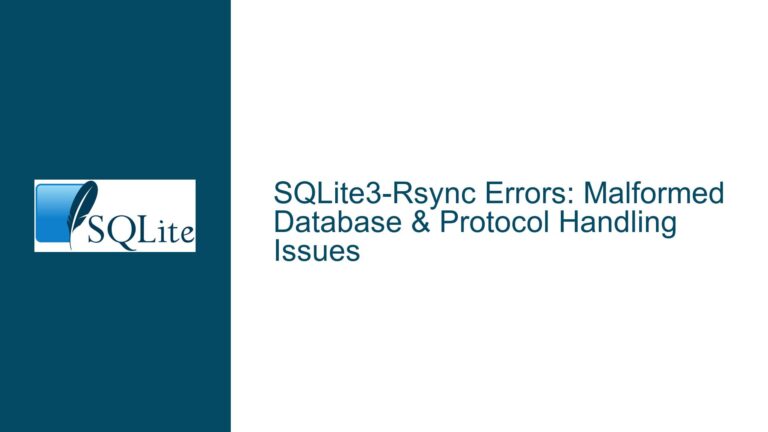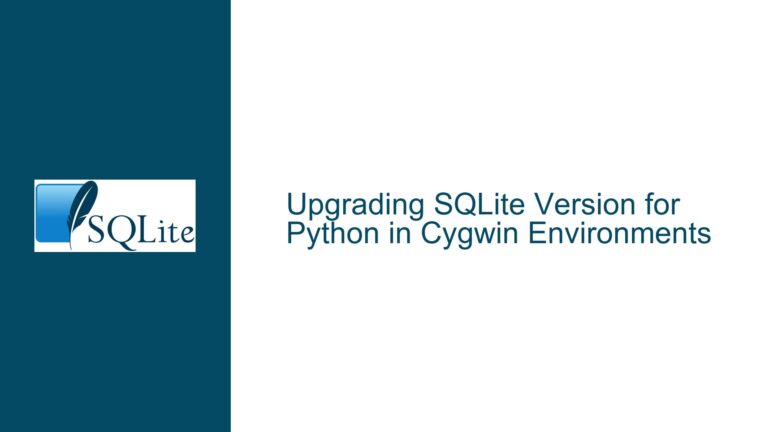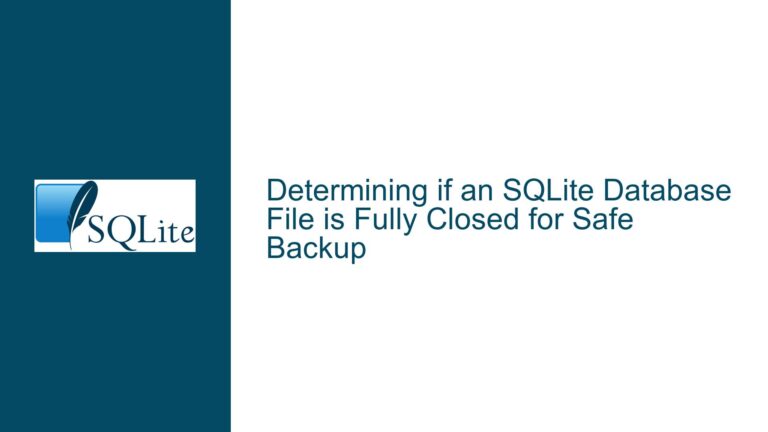SQLite-Based Website Risks and Mitigation Strategies on Shared Hosting
SQLite Database Corruption and Performance Issues on Shared Hosting
SQLite is a lightweight, serverless database engine that is often chosen for its simplicity and ease of integration, especially in environments where a full-fledged database server like MySQL or PostgreSQL is overkill. However, when deploying a website fully based on SQLite on a shared server, several risks emerge that can compromise the database’s integrity, performance, and availability. These risks are particularly pronounced in shared hosting environments where resources are limited, and the server is subject to the activities of other users.
One of the primary concerns is database corruption. SQLite databases are stored as single files on disk, and any interruption during a write operation can lead to corruption. This is especially problematic on shared servers where disk I/O operations are frequent and unpredictable. Power failures, server crashes, or even abrupt termination of processes can leave the database in an inconsistent state. Additionally, SQLite’s default journaling mode, which is designed to protect against corruption, may not be sufficient in high-concurrency environments typical of shared hosting.
Another significant issue is performance degradation. SQLite is not designed for high-concurrency scenarios. When multiple users access the website simultaneously, the database can become a bottleneck. SQLite uses a file-based locking mechanism to manage concurrent access, but this can lead to contention issues, especially when multiple processes attempt to write to the database simultaneously. This can result in slow response times and, in extreme cases, complete unavailability of the website.
Furthermore, shared hosting environments often impose restrictions on disk space and memory usage. SQLite databases can grow significantly over time, especially if the website stores large amounts of data or if the database schema is not optimized. This can lead to situations where the database file exceeds the allocated disk space, causing write operations to fail. Similarly, memory constraints can limit the effectiveness of SQLite’s caching mechanisms, further exacerbating performance issues.
Shared Server Constraints and Concurrent Access Challenges
The shared hosting environment introduces several constraints that can exacerbate the risks associated with using SQLite. Shared servers typically host multiple websites, each with its own set of resources. This means that the available CPU, memory, and disk I/O bandwidth are divided among all the hosted sites. In such an environment, SQLite’s performance can be severely impacted, especially if other sites on the same server are resource-intensive.
Concurrent access is another major challenge. SQLite uses a file-based locking mechanism to manage concurrent access to the database. When a process wants to write to the database, it must obtain an exclusive lock on the database file. While this lock is held, other processes attempting to write to the database will be blocked. In a high-concurrency environment, this can lead to significant delays and even timeouts. Moreover, if a process holding the lock crashes or is terminated abruptly, the lock may not be released, causing other processes to hang indefinitely.
The shared hosting environment also introduces security concerns. Since SQLite databases are stored as files on the server, they are subject to the same permissions and access controls as other files. If the server is not properly configured, it may be possible for other users on the same server to access or even modify the SQLite database file. This can lead to data breaches or unauthorized changes to the database.
Additionally, shared hosting providers often impose restrictions on the types of operations that can be performed on the server. For example, certain system calls or file operations may be restricted, which can limit the ability to perform essential database maintenance tasks such as vacuuming or reindexing. These restrictions can further compound the performance and integrity issues associated with using SQLite in a shared hosting environment.
Implementing Robust Backup Strategies and Optimizing SQLite Configuration
To mitigate the risks associated with using SQLite in a shared hosting environment, it is essential to implement robust backup strategies and optimize the SQLite configuration. One of the most effective ways to protect against database corruption is to enable Write-Ahead Logging (WAL) mode. WAL mode significantly reduces the risk of corruption by allowing multiple readers and a single writer to access the database simultaneously without blocking each other. This is achieved by writing changes to a separate WAL file instead of directly to the main database file. To enable WAL mode, the following PRAGMA statement can be used:
PRAGMA journal_mode=WAL;
In addition to enabling WAL mode, it is crucial to implement a robust backup strategy. Regular backups of the SQLite database should be taken and stored in a secure location. SQLite provides the .dump command, which can be used to create a backup of the entire database in the form of SQL statements. This backup can then be used to restore the database in case of corruption or data loss. The following command can be used to create a backup:
sqlite3 database.db ".dump" > backup.sql
To further optimize SQLite performance, it is important to fine-tune the database configuration. One key parameter to adjust is the cache size. Increasing the cache size can improve performance by reducing the number of disk I/O operations. The cache size can be adjusted using the following PRAGMA statement:
PRAGMA cache_size = -2000; -- Set cache size to 2000 pages
Another important configuration parameter is the synchronous setting. The synchronous setting controls how aggressively SQLite flushes data to disk. In a shared hosting environment, it may be beneficial to set the synchronous mode to NORMAL or OFF to improve performance, although this comes at the cost of increased risk of data loss in the event of a crash. The synchronous mode can be adjusted using the following PRAGMA statement:
PRAGMA synchronous = NORMAL;
Finally, it is important to regularly monitor the database for signs of corruption or performance degradation. SQLite provides several diagnostic tools that can be used to check the integrity of the database and identify potential issues. The integrity_check PRAGMA can be used to verify the integrity of the database:
PRAGMA integrity_check;
If any issues are detected, they should be addressed immediately to prevent further degradation of the database. In some cases, it may be necessary to rebuild the database using the .dump and .read commands to eliminate corruption and optimize performance.
In conclusion, while SQLite is a powerful and lightweight database engine, it is not without its challenges, especially when deployed in a shared hosting environment. By understanding the risks and implementing the appropriate mitigation strategies, it is possible to build a robust and reliable website based on SQLite. Enabling WAL mode, implementing a robust backup strategy, optimizing the database configuration, and regularly monitoring the database for issues are all essential steps in ensuring the long-term success of an SQLite-based website.
